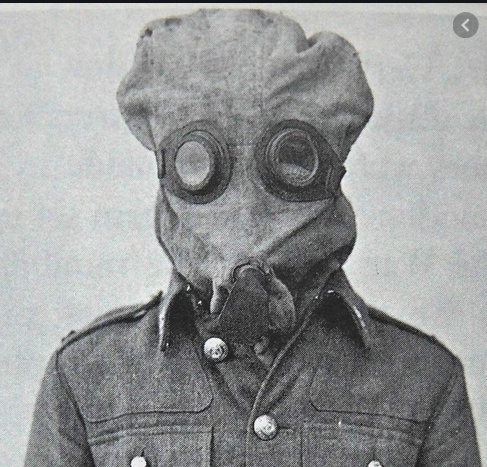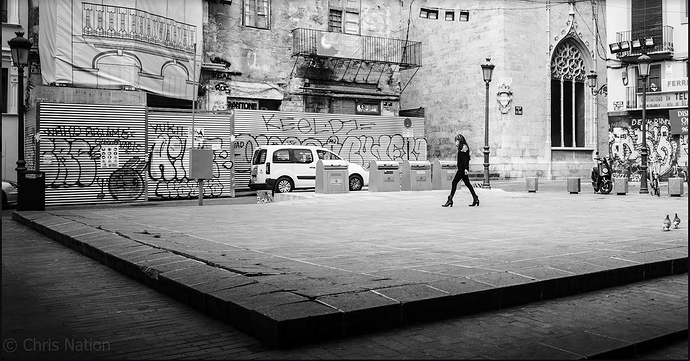We went up onto one of the old spoil pits to overlook the battlefield and to a museum in a nearby village.
We also went to the cemeteries where the remains of the officers of the 8th Royal Berkshire regiment were buried.
One of them was a very small cemetery and in adjoining plot a piper was playing a pibroch, very haunting.
We went on a trip organised by Andrew Tatham, whose great-grandfather had been the CO of the 8th Royal Berkshires and who had led his men through three of their four objectives. when the wind changed and gas, which was being used by the British for the first time, caused them to retreat.
All were survivors of the officers in a picture taken on Salisbury Plain during training and we all contributed memories and artefacts to a wonderful exhibition held in the In Flanders Field Museum in the Cloth Hall in Ypres. It was connected to each of these men, one of whom was my husband’s grandfather 2nd Lt. Cyril Arthur Williamson.
He survived due to the fact that he had been injured in his hand and foot whilst working in sawmills in Canada and this saved his life, as he was turned away from the front each time he was sent up.
Andrew Tatham produced a wonderful book called A Group Photograph with the histories of all these men. You can found out about the book at www.groupphoto.co.uk and you will find all the wonderful commendations from people such as Jeremy Vine and Melvyn Bragg.
It was on that tour, Loos being the first time the BEF used gas, that I experienced a very little of what it must have been like to wear a WW1 gas mask.
This is what they wore at Loos.
ww1 gas masks - British PH helmet 1915/16

Just standing still in it was horrible. Then my colleague asked me to run 20-30 yards in it. It was extremly prickly, soon became appallingly hot. It instantly fogged up: I couldn’t see a thing. When I turned my head, the mask didn’t turn.
Little wonder so many men took them off …
And now we are going about in masks again.
